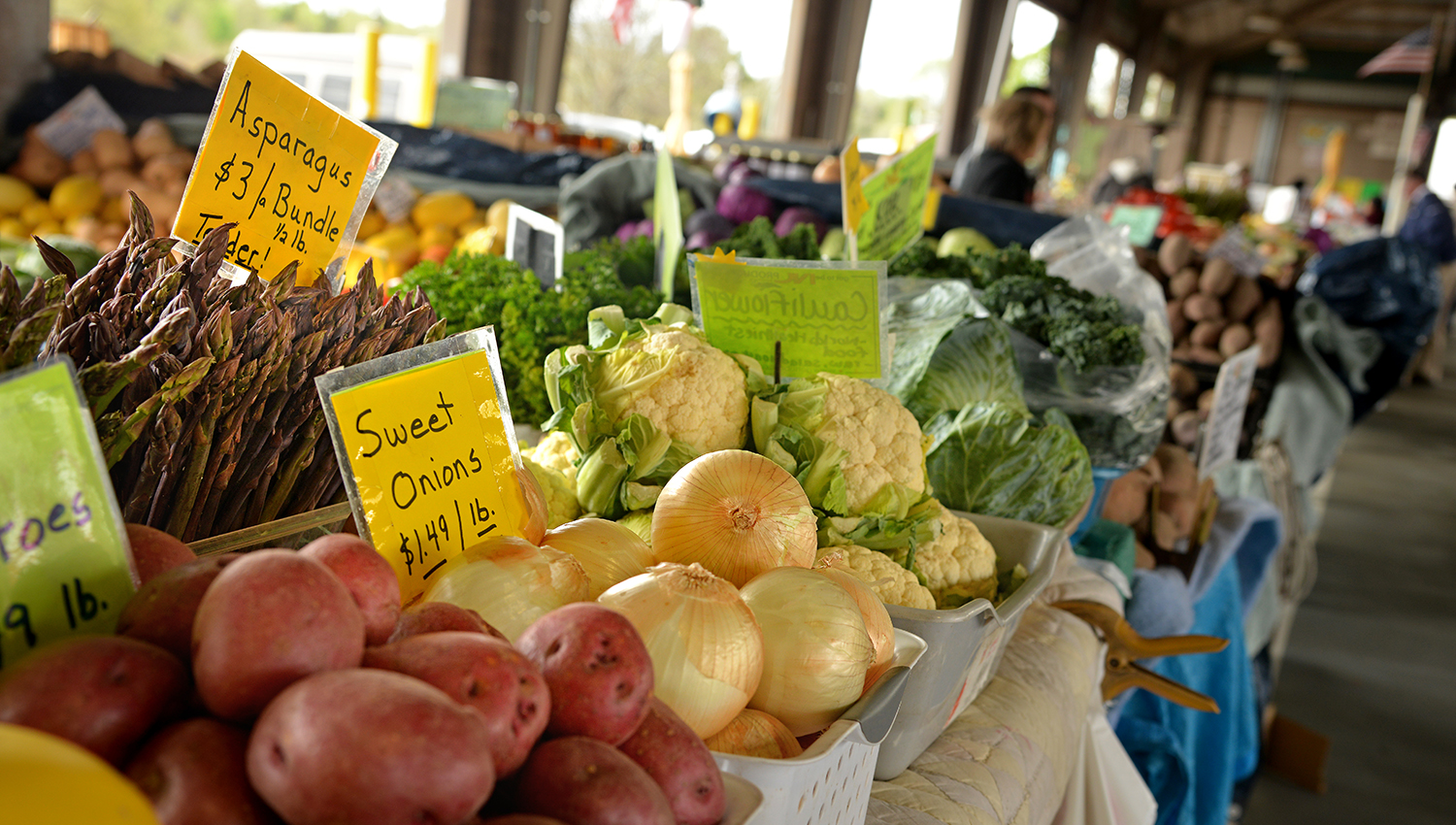YFCS Faculty Members Publish Research on Dietary Practices During COVID-19

In collaboration with colleagues from Gretchen Swanson Center for Nutrition, Ingredients Consulting, Montana State University, Louisiana State University, Geisinger Commonwealth School of Medicine and Western Oregon University, Dr. Annie Hardison-Moody and Dr. Lindsey Haynes-Maslow co-authored an article on the disparities in dietary practices during COVID-19 by food security status. Dr. Haynes-Maslow served as the NC State team lead for this national survey. The article appears in the Preventive Medicine Reports journal.


Disparities in dietary practices during the COVID-19 pandemic by food security status
Authors: Carmen Byker, Bailey Houghtaling, Justin Shanks, Michelle Grocke, Eliza Webber, Lauri Andress, Annie Hardison-Moody, Megan Patton-Lopez and Lindsey Haynes-Maslow
Abstract
Little is known about the differences in dietary practices among food secure and food insecure populations during the early COVID-19 pandemic restrictions. The purpose of this study was to examine differences in dietary practices the early COVID-19 pandemic restrictions between adults reporting food security versus food insecurity. An online cross-sectional survey using validated measures was administered between April and September 2020 to explore both dietary patterns and practices and food security status among persons residing in five U.S. states from different regions of the country during the COVID-19 pandemic. Between-group differences (food secure versus food insecure) were examined for dietary practice outcomes using Pearson’s Chi-Square test statistic, with Fisher’s Exact test for cell counts less than five. There were 3,213 adult respondents. Food insecurity increased among the survey sample from 15.9% before the COVID-19 pandemic to 23.1% during the onset of the COVID-19 pandemic (p < 0.01). Compared to food secure respondents, those experiencing food insecurity reported more group gatherings for meals during the pandemic, decreased fruit and vegetable intake, and a need for more nutrition support resources than food secure respondents (p < 0.05). Food secure individuals reported increasing alcohol consumption, more frequent take-out or delivery ordering from fast food or restaurants, and more interest in supporting the local food system (p < 0.05). Results indicate a clear risk of disparities in dietary practices based on food security status during the early COVID-19 pandemic restrictions. Public health research, practice, and policy efforts should tailor specific efforts towards both food secure and food insecure groups.